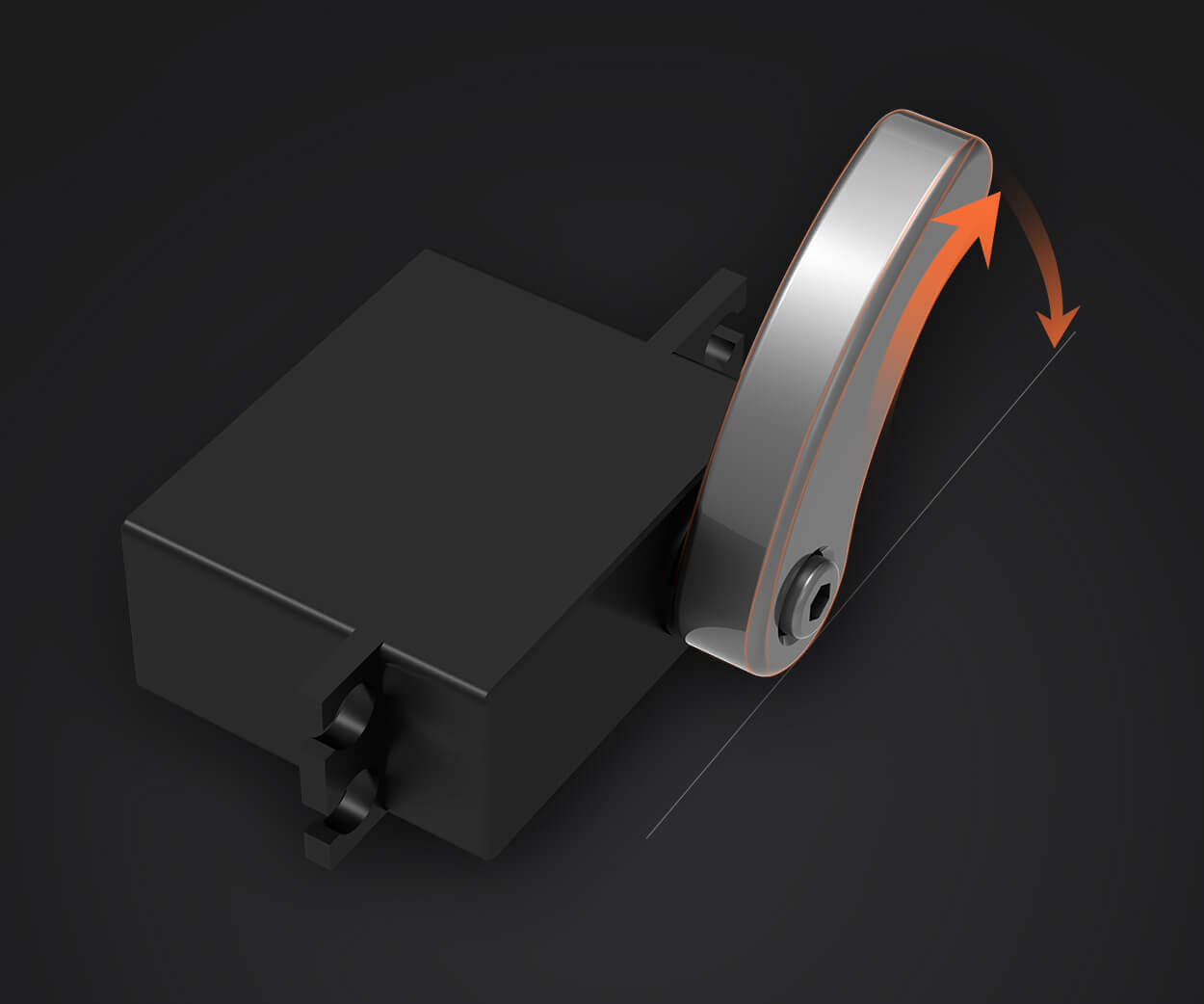Imagine a small brushed metal knob turning smoothly in your hand, controlling a device that’s as familiar as flipping a light switch but packed with innovative technology underneath. That’s precisely how a potentiometer interacts with a servo motor—like a dance between manual control and precise automation, all happening within a tiny circuit board.

Think about tinkering with Tinkercad, that fun browser-based tool, and watching this dance come alive. It’s almost like magic—turn the potentiometer, and the servo motor listens, moves, responds. It’s as if you’re giving commands with your fingertips, and the motor obeys without question. That’s what makes this pairing so compelling, especially for those into DIY projects or learning electronics.
What’s really happening here? The potentiometer acts as an analog input, giving a variable resistance based on how much you turn it. This resistance translates into a voltage signal that a microcontroller reads. When you connect that setup to a servo motor, it responds proportionally to the change—turn a little, it moves a little; turn more, and it moves more. It’s a simple yet elegant way to create interactive models, robotic arms, or even smart gadgets that respond to user input.
Working with Tinkercad offers a playground of endless possibilities—sampling different resistance values, watching how the servo reacts in real-time, tweaking the code and wiring on the fly. For anyone curious about how hardware and software blend together, this setup gives a tangible window into electronics principles: voltage division, PWM control, feedback loops. You get to see physics in motion, quite literally.
What excites you most about using a potentiometer and a servo motor? For those who love hands-on experimentation, it’s a clear way to grasp complex concepts without getting bogged down by jargon. Instead, you see your project come alive, piece by piece. It’s about the joy of creation, the thrill of making something move at your command.
When you choose components like the servo motor and potentiometer, you’re investing in a versatile, beginner-friendly setup that scales. From simple projects to more advanced automation, this combo sparks all kinds of ideas—like robotic hand controls, adjustable camera mounts, or even miniature CNC machines.
This isn’t just about electronics—it’s about unlocking a creative side you didn’t know you had. When you see that servo respond smoothly to your adjustments, it’s as if you’re giving your project a voice. That’s the magic of integrating traditional controls with modern tech—the feeling of shaping your environment with a turn of the knob, a flick of a switch, a tap on the screen.
If you've ever watched a robot arm or a drone adjust its position mid-flight and thought, “Wow, I want to make that,” then working with a potentiometer and servo motor is your gateway. It pushes boundaries, makes projects more intuitive, and makes you realize how simple mechanisms can generate impressive results.
So, whether you're dreaming up an automatic curtain system, a remote-controlled vehicle, or just testing your circuit-building skills, this setup offers a real sense of achievement. It’s about seeing your ideas move from paper to reality, powered by a humble component that changes resistance and makes magic happen.
Established in 2005, Kpower has been dedicated to a professional compact motion unit manufacturer, headquartered in Dongguan, Guangdong Province, China. Leveraging innovations in modular drive technology, Kpower integrates high-performance motors, precision reducers, and multi-protocol control systems to provide efficient and customized smart drive system solutions. Kpower has delivered professional drive system solutions to over 500 enterprise clients globally with products covering various fields such as Smart Home Systems, Automatic Electronics, Robotics, Precision Agriculture, Drones, and Industrial Automation.




































